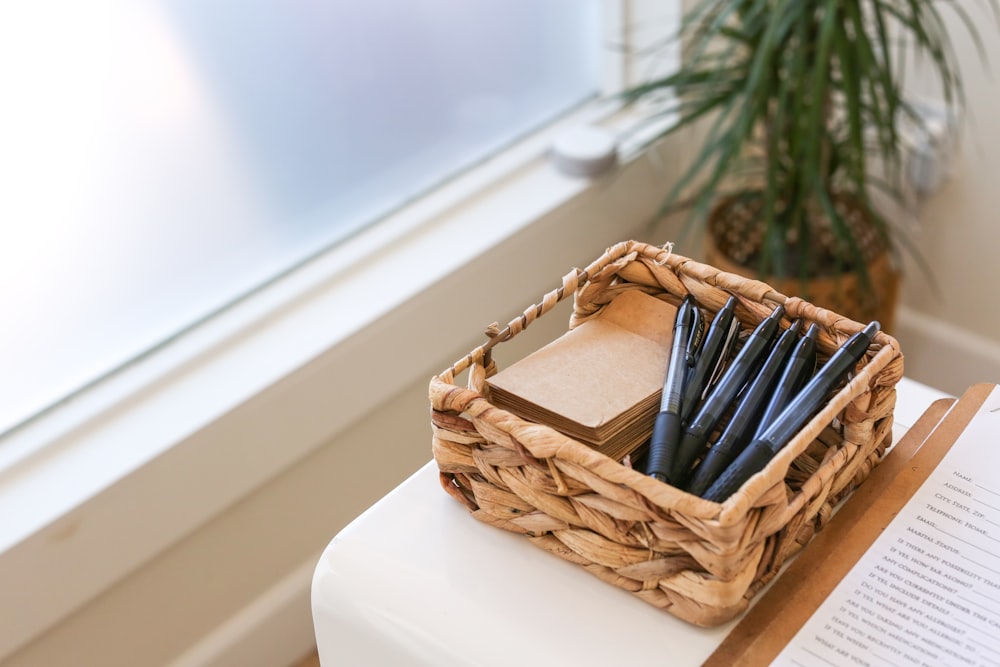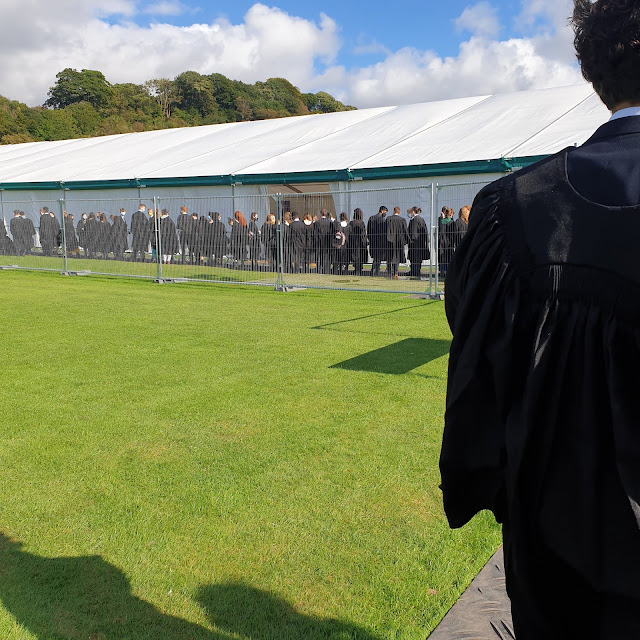 |
| Photo credit: Unsplash |
If you've filled in registration forms in Singapore before, chances of it asking you for your 'race' is quite high. The options are usually Chinese, Malay, Indian, Others (CMIO). We don't get to choose which race we most identify with but it's based on paternal line of descent. In the local context, the understanding of 'race' is rarely debated or discussed unless there are episodes such as this and this.
In August 2011, an immigrant Chinese family had complaint to the local mediation centre about the smell of curry in their home by their Singaporean Indian family. The outcome of the mediation, which involved the Indian family agreeing to cook curry only when their neighbours were not at home, caused furor amongst Singaporeans across races. A “cook a pot of curry” day was spontaeously declared by a group of citizens to celebrate multiculturalism it and went viral across social media. As a result, this incident inspired a play written by Alfian Sa’at.
Our class discussed about "race as a social construct"[1], looked at the periods of slave trades and slavery, making connections between the senses and emotions, race-thinking and gut-thinking. The lecturer asked us to close our eyes and recalled the colour of our coursemates' eyes. She tried to make a point that it's very easy to notice someone's skin colour at the first impression. It's not because it's the most prominent or the skin has the largest surface area because if someone were to have a face piercing or tattoo which is much more smaller in scale than the skin surface, we would notice that too. So, how would that be explained?
Some physiological explanations for our ocularcentrism is due to being largely visual creatures, our eyes enable us to process information much rapidly and at distances greater than the reach of our other senses unaided.
Coffee, sugar and tobacco - these were non-essential food items and yet they were needed to satiate the culture of taste and civilisation[2]. Within the culture of modernity, slavery would appear to be anachronistic. A receipt detailed inventory of objects of trade and the geography in which they were exchanged dated June 1659 would come to be known as The African Trade. These humble subjects were featured in great works of art such as in Rembrandt's paintings, Baroque painters of the period - Diego Velasquez and Peter Pauls Rubens. How could such elevated images of art exist in the same space as the harsh world of enslavement and the slave trade? In the 18th century, the age of slavery and culture of taste emerged and transformed the cultural landscape of Britain and the Americas. This binary dichotomy is intimately connected. The immense fortune made lead to bourgeois ideas (art and freedom) and enabled refinement of taste, beauty standards and practices of high culture.
References
[1] Smith, Mark M.. How Race Is Made : Slavery, Segregation, and the Senses, The University of North Carolina Press, 2006. ProQuest Ebook Central, https://ebookcentral.proquest.com/lib/durham/detail.action?docID=413426.
[2] Gikandi, Simon. Slavery and the Culture of Taste, Princeton University Press, 2011. ProQuest Ebook Central, https://ebookcentral.proquest.com/lib/durham/detail.action?docID=736910.































